Full text
PDF



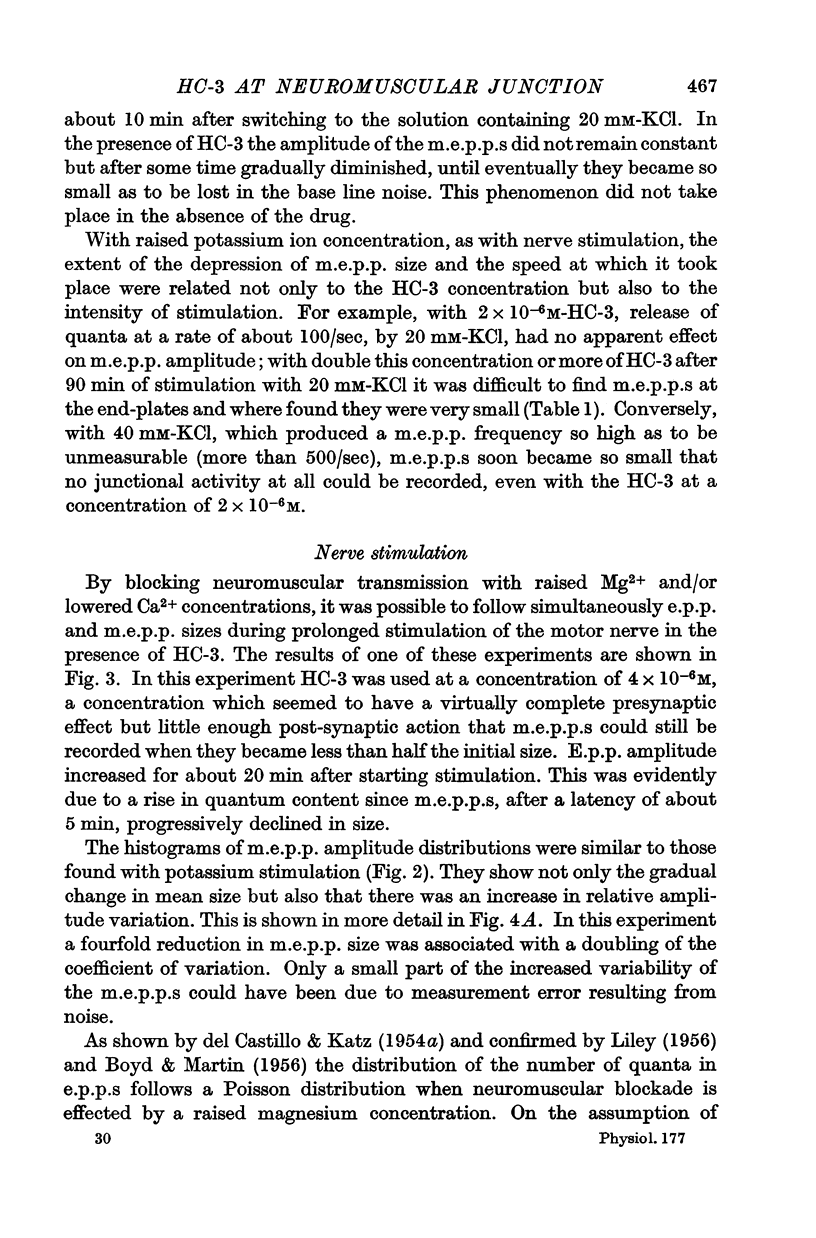



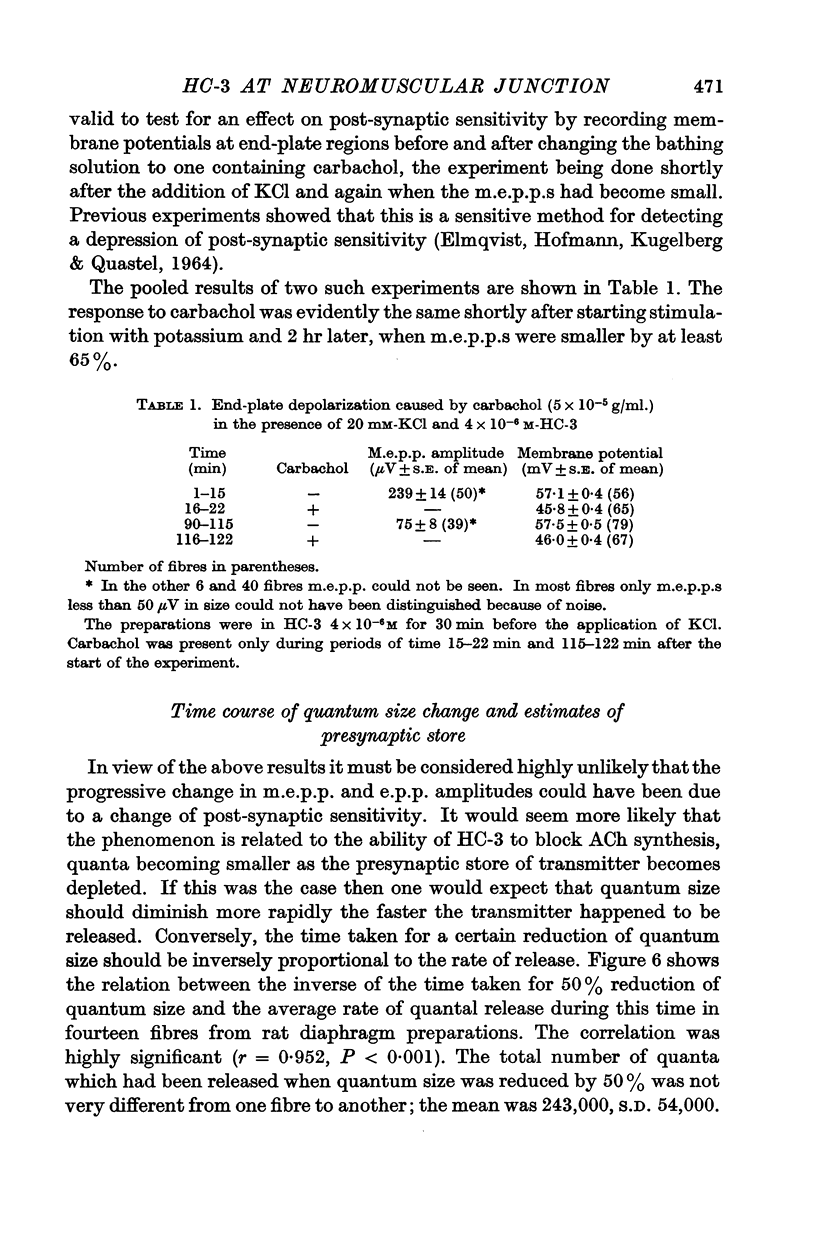
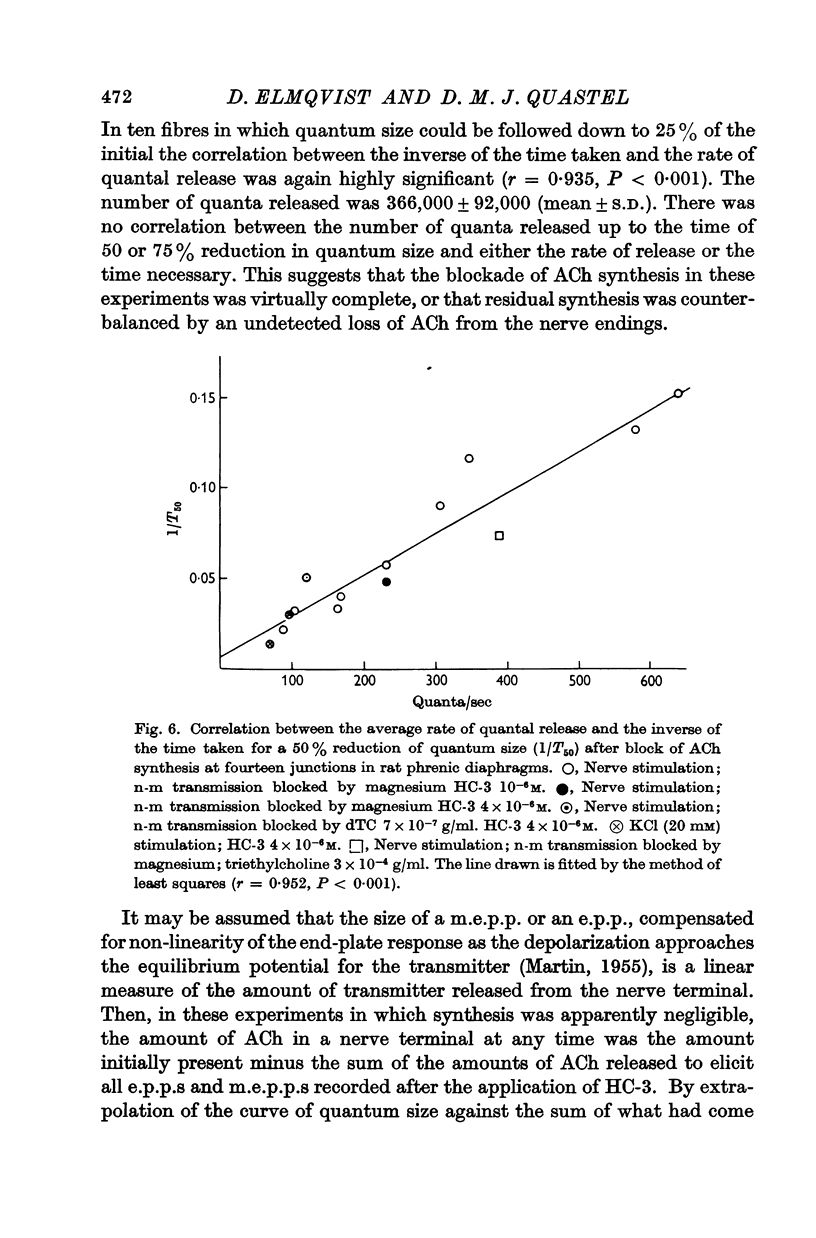




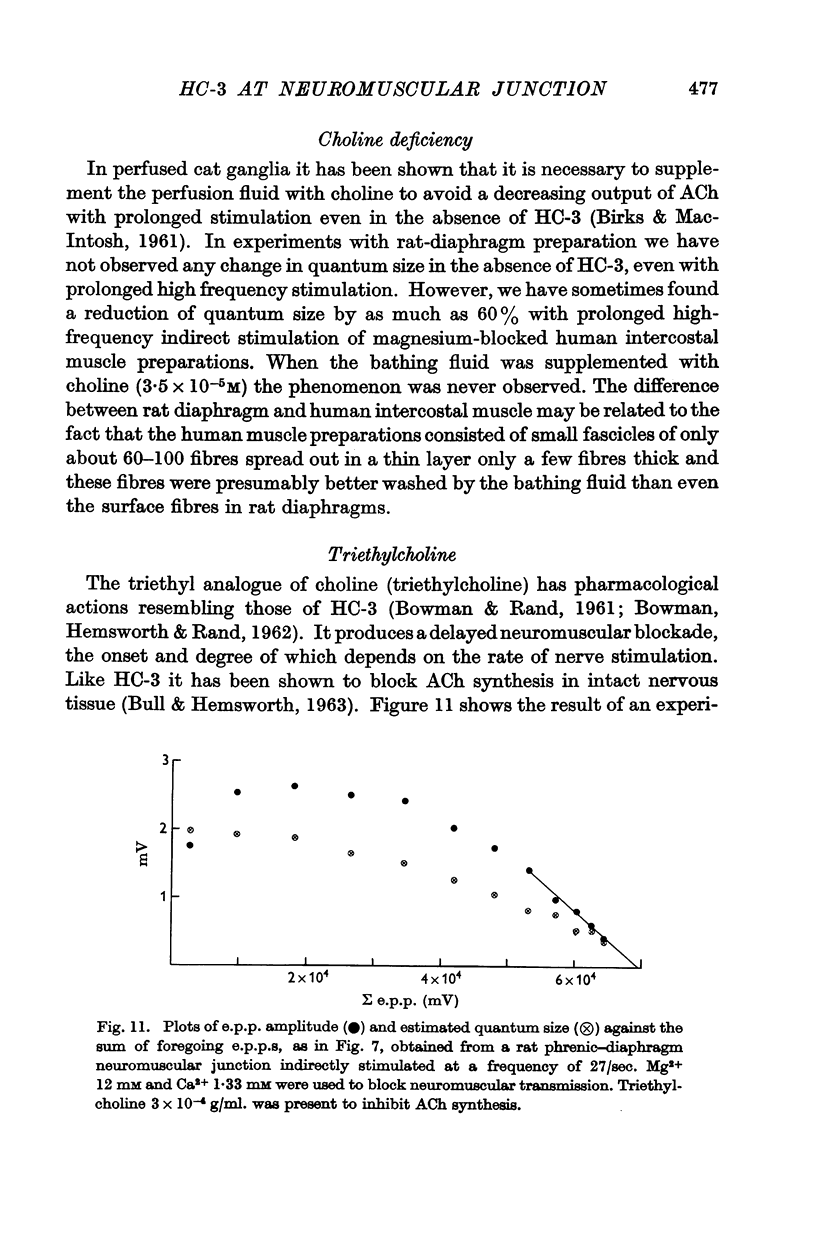


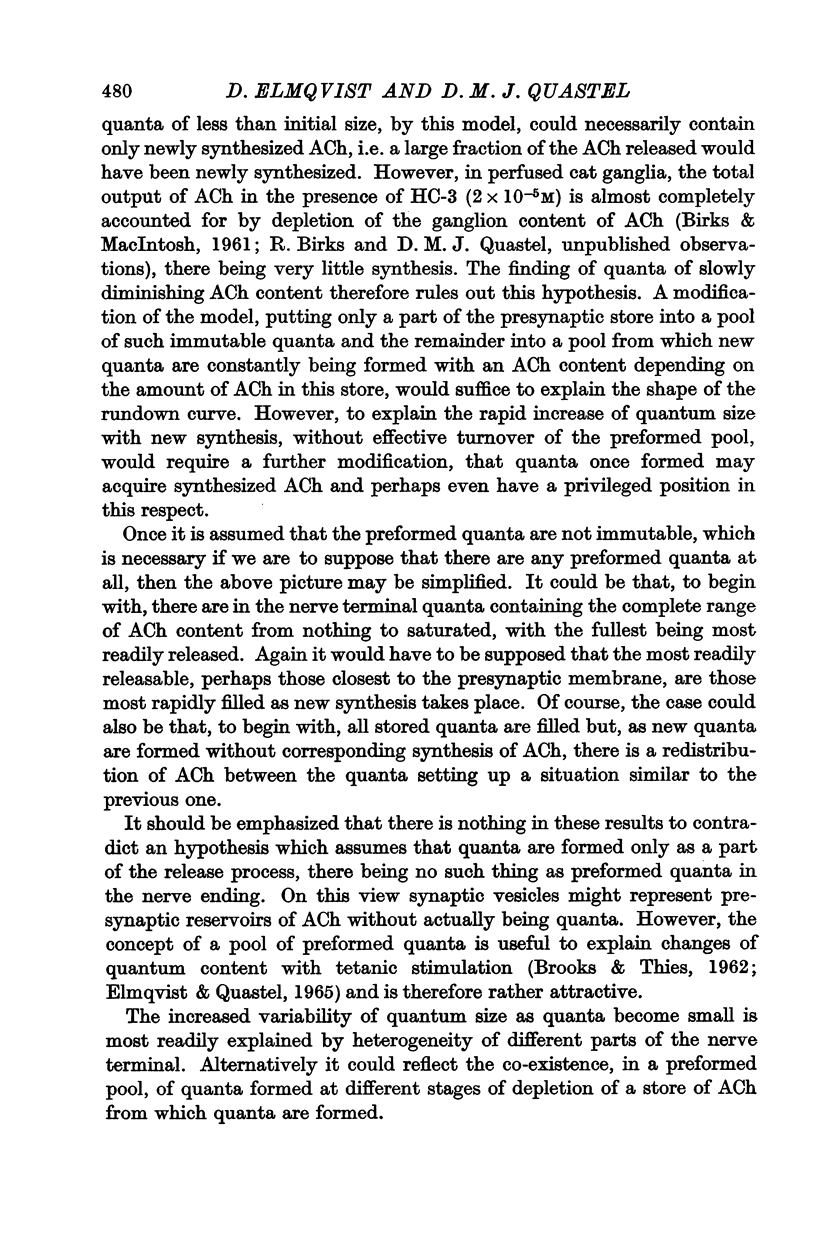


Selected References
These references are in PubMed. This may not be the complete list of references from this article.
- BLACKMAN J. G., GINSBORG B. L., RAY C. On the quantal release of the transmitter at a sympathetic synapse. J Physiol. 1963 Jul;167:402–415. doi: 10.1113/jphysiol.1963.sp007158. [DOI] [PMC free article] [PubMed] [Google Scholar]
- BOWMAN W. C., HEMSWORTH B. A., RAND M. J. Triethylcholine compared with other substances affecting neuromuscular transmission. Br J Pharmacol Chemother. 1962 Aug;19:198–218. doi: 10.1111/j.1476-5381.1962.tb01440.x. [DOI] [PMC free article] [PubMed] [Google Scholar]
- BOWMAN W. C., RAND M. J. Actions of triethylcholine on neuromuscular transmission. Br J Pharmacol Chemother. 1961 Oct;17:176–195. doi: 10.1111/j.1476-5381.1961.tb01278.x. [DOI] [PMC free article] [PubMed] [Google Scholar]
- BOYD I. A., MARTIN A. R. The end-plate potential in mammalian muscle. J Physiol. 1956 Apr 27;132(1):74–91. doi: 10.1113/jphysiol.1956.sp005503. [DOI] [PMC free article] [PubMed] [Google Scholar]
- BROOKS V. B., THIES R. E. Reduction of quantum content during neuromuscular transmission. J Physiol. 1962 Jul;162:298–310. doi: 10.1113/jphysiol.1962.sp006934. [DOI] [PMC free article] [PubMed] [Google Scholar]
- BULL G., HEMSWORTH B. A. INHIBITION OF BIOLOGICAL SYNTHESIS OF ACETYLCHOLINE BY TRIETHYLCHOLINE. Nature. 1963 Aug 3;199:487–488. doi: 10.1038/199487b0. [DOI] [PubMed] [Google Scholar]
- BURGEN A. S., BURKE G., DESBARATSSCHONBAUM M. L. The specificity of brain choline acetylase. Br J Pharmacol Chemother. 1956 Sep;11(3):308–312. doi: 10.1111/j.1476-5381.1956.tb01071.x. [DOI] [PMC free article] [PubMed] [Google Scholar]
- CANEPA F. G. ACETYLCHOLINE QUANTA. Nature. 1964 Jan 11;201:184–185. doi: 10.1038/201184a0. [DOI] [PubMed] [Google Scholar]
- DEL CASTILLO J., KATZ B. Quantal components of the end-plate potential. J Physiol. 1954 Jun 28;124(3):560–573. doi: 10.1113/jphysiol.1954.sp005129. [DOI] [PMC free article] [PubMed] [Google Scholar]
- DEL CASTILLO J., KATZ B. Statistical factors involved in neuromuscular facilitation and depression. J Physiol. 1954 Jun 28;124(3):574–585. doi: 10.1113/jphysiol.1954.sp005130. [DOI] [PMC free article] [PubMed] [Google Scholar]
- ELMQVIST D., HOFMANN W. W., KUGELBERG J., QUASTEL D. M. AN ELECTROPHYSIOLOGICAL INVESTIGATION OF NEUROMUSCULAR TRANSMISSION IN MYASTHENIA GRAVIS. J Physiol. 1964 Nov;174:417–434. doi: 10.1113/jphysiol.1964.sp007495. [DOI] [PMC free article] [PubMed] [Google Scholar]
- ELMQVIST D., JOHNS T. R., THESLEFF S. A study of some electrophysiological properties of human intercostal muscle. J Physiol. 1960 Dec;154:602–607. doi: 10.1113/jphysiol.1960.sp006599. [DOI] [PMC free article] [PubMed] [Google Scholar]
- FATT P., KATZ B. An analysis of the end-plate potential recorded with an intracellular electrode. J Physiol. 1951 Nov 28;115(3):320–370. doi: 10.1113/jphysiol.1951.sp004675. [DOI] [PMC free article] [PubMed] [Google Scholar]
- KATZ B., THESLEFF S. On the factors which determine the amplitude of the miniature end-plate potential. J Physiol. 1957 Jul 11;137(2):267–278. doi: 10.1113/jphysiol.1957.sp005811. [DOI] [PMC free article] [PubMed] [Google Scholar]
- KRNJEVIC K., MILEDI R. Presynaptic failure of neuromuscular propagation in rats. J Physiol. 1959 Dec;149:1–22. doi: 10.1113/jphysiol.1959.sp006321. [DOI] [PMC free article] [PubMed] [Google Scholar]
- LILEY A. W. The quantal components of the mammalian end-plate potential. J Physiol. 1956 Sep 27;133(3):571–587. doi: 10.1113/jphysiol.1956.sp005610. [DOI] [PMC free article] [PubMed] [Google Scholar]
- MACINTOSH F. C. Effect of HC-3 on acetylcholine turnover. Fed Proc. 1961 Jul;20:562–568. [PubMed] [Google Scholar]
- MARTIN A. R. A further study of the statistical composition on the end-plate potential. J Physiol. 1955 Oct 28;130(1):114–122. doi: 10.1113/jphysiol.1955.sp005397. [DOI] [PMC free article] [PubMed] [Google Scholar]
- MARTIN A. R., ORKAND R. K. Postsynaptic action of HC-3 on neuromuscular transmission. Fed Proc. 1961 Jul;20:579–582. [PubMed] [Google Scholar]
- MARTIN A. R., ORKAND R. K. Postsynaptic effects of HC-3 at the neuromuscular junction of the frog. Can J Biochem Physiol. 1961 Feb;39:343–349. doi: 10.1139/o61-034. [DOI] [PubMed] [Google Scholar]
- REITZEL N. L., LONG J. P. The neuromuscular blocking properties of alpha, alpha, dimethylethanolamino 4,4' biacetophenone (hemicholinium). Arch Int Pharmacodyn Ther. 1959 Mar 1;119(1-2):20–30. [PubMed] [Google Scholar]
- SCHUELER F. W. The mechanism of action of the hemicholiniums. Int Rev Neurobiol. 1960;2:77–97. doi: 10.1016/s0074-7742(08)60120-8. [DOI] [PubMed] [Google Scholar]
- THIES R. E., BROOKS V. B. Postsynaptic neuromuscular block produced by hemicholinium no. 3. Fed Proc. 1961 Jul;20:569–578. [PubMed] [Google Scholar]


